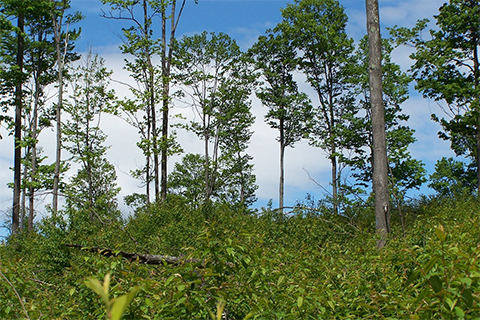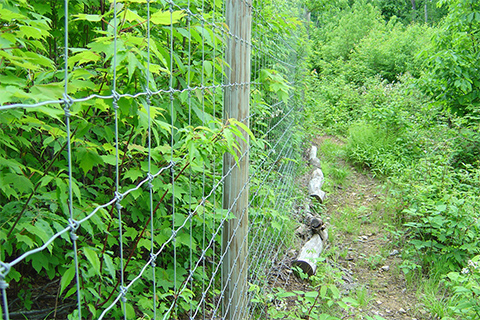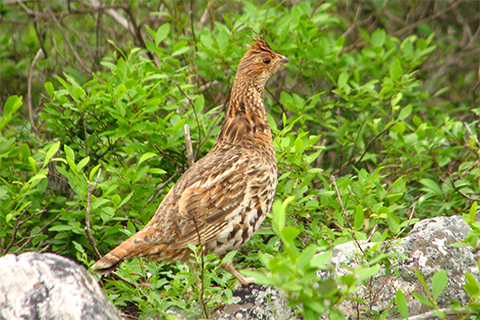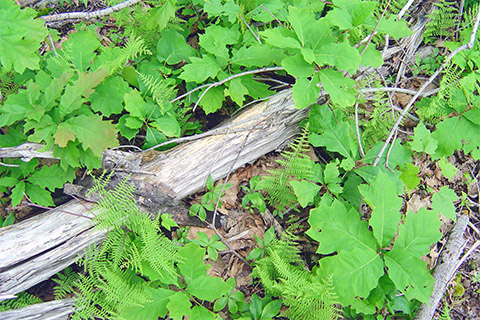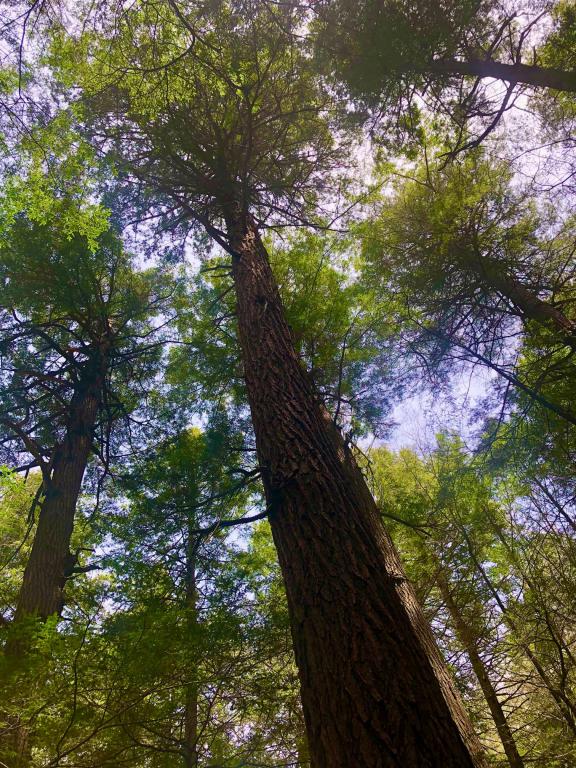People may wonder why trees are harvested on state forest lands, and the reasons are many:
- Promotes balanced age class of forested areas, which protects forest health and diversity
- Provides critical habitat for wildlife (like the ruffed grouse, our state bird) that depend on young forest
- Provides a model of best practices for other timber harvesters to follow
- Provides a sustainable flow of raw materials for the wood products economy
During the four-year period from 2017 through 2020, DCNR’s Bureau of Forestry harvested timber on an average of over 12,600 acres per year.
While that may seem like a big number, it represents only about half of one percent of total state forest land.
State forest timber is selected for harvest in accordance with the State Forest Resource Management Plan, and when it meets the criteria set forth in the bureau’s Harvest Allocation Model.
This model considers an array of factors, like:
- Age class
- Composition of forest community
- Harvest method
- Accessibility and other site characteristics
Some timber harvests are done in response to factors independent of the model criteria. An example is the salvage harvest, which is implemented after an insect outbreak kills trees, or a storm blows down a forest stand.
Salvaging timber lost to insects or storms utilizes timber resources that would otherwise be left to decay.
Harvesting trees on state forest lands provides many benefits to the forest ecosystem and people. Forests are a renewable resource, and young forests are valuable for a variety of reasons. The sustainable harvest methods DCNR uses ensures the future of the natural resources while providing maximum benefit.



